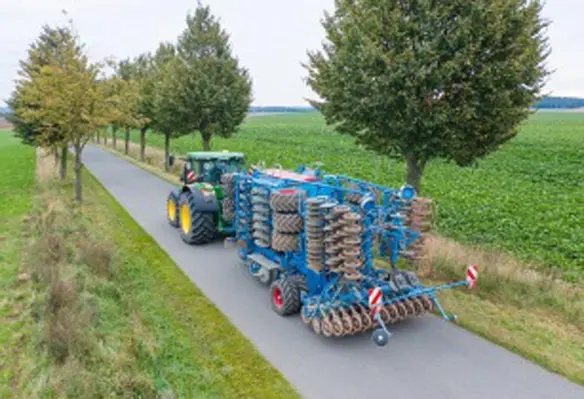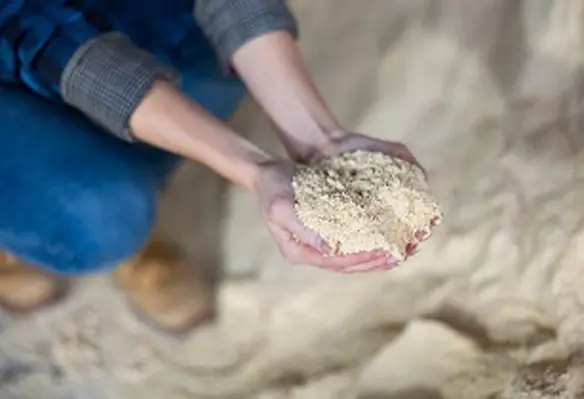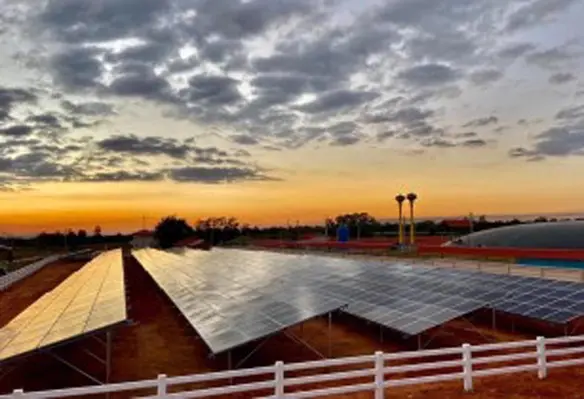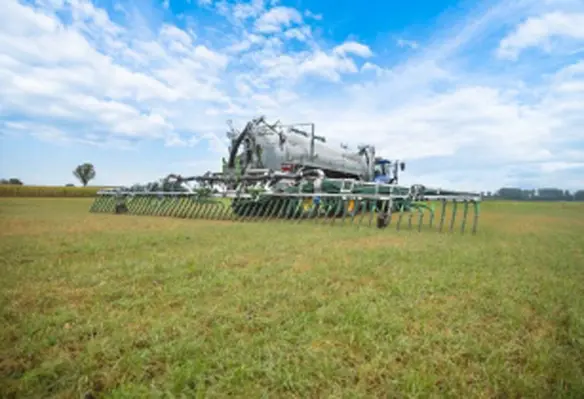
The company expects that its positive business development will continue in 2023, based on the already high level of existing orders. (Image source: LEMKEN)
LEMKEN, the specialist for professional arable farming, continued its growth trajectory during the past financial year setting yet another record by increasing its sales by 25% to an estimated US$595.4mn








